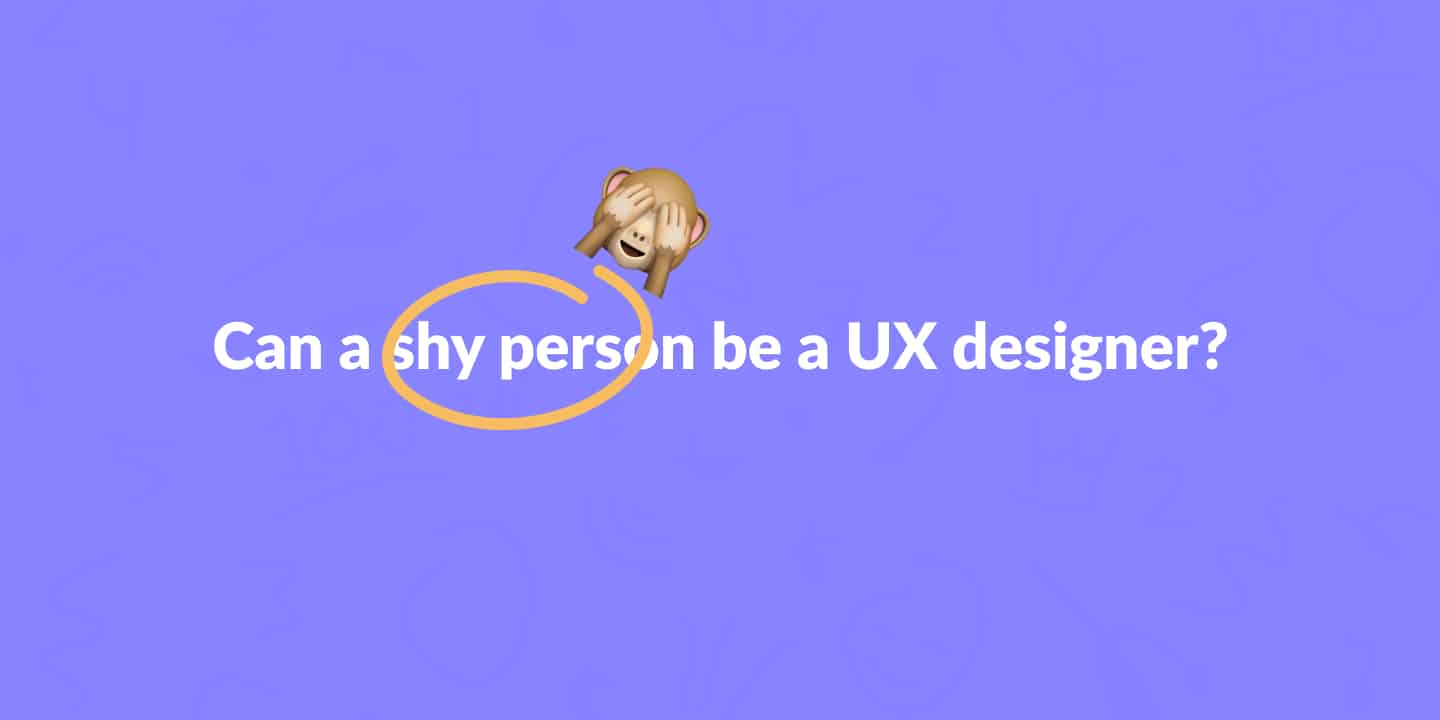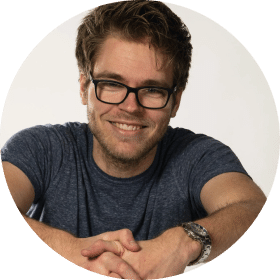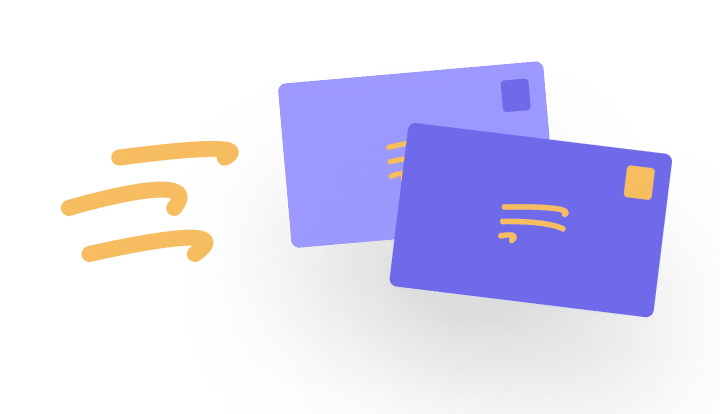Are you wondering if a shy person can be a UX designer? After spending years in the world of UX, I can confidently tell you that it is possible. Here’s why it is possible and how to do it.
- Updated on November 26, 2023

In this article, I will share with you what has helped me build a UX career as an introverted and somewhat shy UX designer. While being shy and being an introvert aren’t always the same, there could be some overlap for many people. For me, it certainly has been the case.
I’ve been in UX for over seven years and currently work as a lead UX designer and mentor. Not too bad, right? Let’s look at how a shy person can become a UX designer. I’ll include some tips and tricks as well.
Table of Contents
Can a shy person be a UX designer?
Yes! You can most definitely be a UX designer if you’re a shy person. While there’s a lot of social interaction as a UX designer, there are even more other skills, like conducting user interviews, interaction design, and usability testing, that you can focus on.
And since you’re likely to work in a team, you can divide the work that’s more challenging for you in a way so that you have less exposure to that.
Here’s a more extensive list of reasons why a shy person can be a great UX designer.
UX is more than just social skills
Sure, a day in the life of a UX designer has many social elements, like facilitating workshops and presenting your design choices to multiple teams.
But there’s way more to UX than that. You still need to do a lot of work on your own that requires a lot of focus. Here are some examples from my daily UX routine.
- UI and interaction design.
- Designing and testing design system components.
- Preparing design workshops.
- Creating user research interview outlines.
All of the skills mentioned above require critical thinking and focus. That’s where I could make a difference as a shy, introverted designer. Is that something you feel like you can do as well? If so, focus on that!
Observing and listening
As a shy UX designer, you likely avoid large social activities. But, at the same time, you might be a fantastic observer and listener. That’s certainly been the case for my career in UX so far.
If that’s the case for you as well, I recommend you make full use of your skills in that area. With certain skills, you can stand out as a shy UX designer with excellent proficiency in UX research, for example.
Observing and listening very well is super important during the entire design process and can come in well during the following activities.
- User interviews.
- Being the observer during a usability test or workshop.
- Analyzing usability test results.
- Creative thinking, brainstorming, and UI design.
Tips for shy UX designers
Let’s say you decided to become a UX designer. And even though that’s very exciting, you’re also a shy person afraid that being shy might hurt your chances of getting a job or that a career in UX might be too exhausting for you.
The reasons we’ve discussed above prove that you have nothing to worry about! However, to help you, I’m sharing a list of tips and tricks I applied as an introverted lead UX designer. These helped me a lot, and I hope they’ll help you as well.
Focus on small groups
As a shy UX designer, my motto has always been that five’s a crowd. In other words, I try to keep my social interactions at the job to a maximum of four people. And while that doesn’t sound like a lot, it still enables you to do most of your work.
For example, you could interview two people at once instead of conducting a large group interview. If you count yourself and maybe a note-taker, that’s four people in total.
When done right, you could even have the two interviewees discuss among themselves, which puts you more into the background.
Highlight your strengths
What are your strengths at your job? For me, it was observing, listening, and creative thinking. You can do all of these things on your own, which is perfect for a shy UX designer.
However, if you keep that all to yourself, nobody will know about the great things that you’re doing. And that would be a waste.
What you can do to highlight your strengths is to share your work through e-mail or a remote presentation. I’ve found that I’m less shy when working from home and presenting my work through Zoom or Teams. Try that and see if it works for you as well.
Be open about who you are
It has always been very stressful for me to try and hide that I’m an introvert. What works much better is to be very open about that.
It is much better to ask for help with that UX workshop than to try it yourself, fail, and then try to hide it. In almost all cases, your colleagues appreciate your honesty and are more than happy to help you out.
Try the difficult things
Certain aspects of the UX career path are challenging for shy or introverted UX designers. However, that doesn’t mean you can’t enjoy them. For example, I enjoy facilitating UX workshops even though they’re very exhausting for me.
I’ve found out that doing more workshops makes it easier for me and less stressful. That’s why I recommend you to try the things that are challenging for you. You might just start to get better at them with practice.
Summary
Introverts and shy people can most definitely become UX designers. They can even thrive at the job and have a great time while doing it.
That’s because UX is so much more than just social activities, talking to users, and facilitating workshops. It also includes creative thinking, learning about UX, and focused UI design work. You can do that on your own.
To make the most of your career as a shy UX designer, here’s a list of tips based on my experience in the field.
- Focus on working in small groups. You don’t need large groups for most of your work.
- Highlight what your skills are through e-mail and remote meetings.
- Be honest about what you like and don’t like to do.
- Try to do the difficult things. You’ll become better at them.

About the author
Hi! I'm Nick Groeneveld, a senior designer from the Netherlands with experience in UX, visual design, and research. I'm a UX coach that supports other designers and have completed design projects in finance, tech, and the public sector.
☎️ Book a 1:1 mentor meeting or let's connect on LinkedIn and Twitter.



